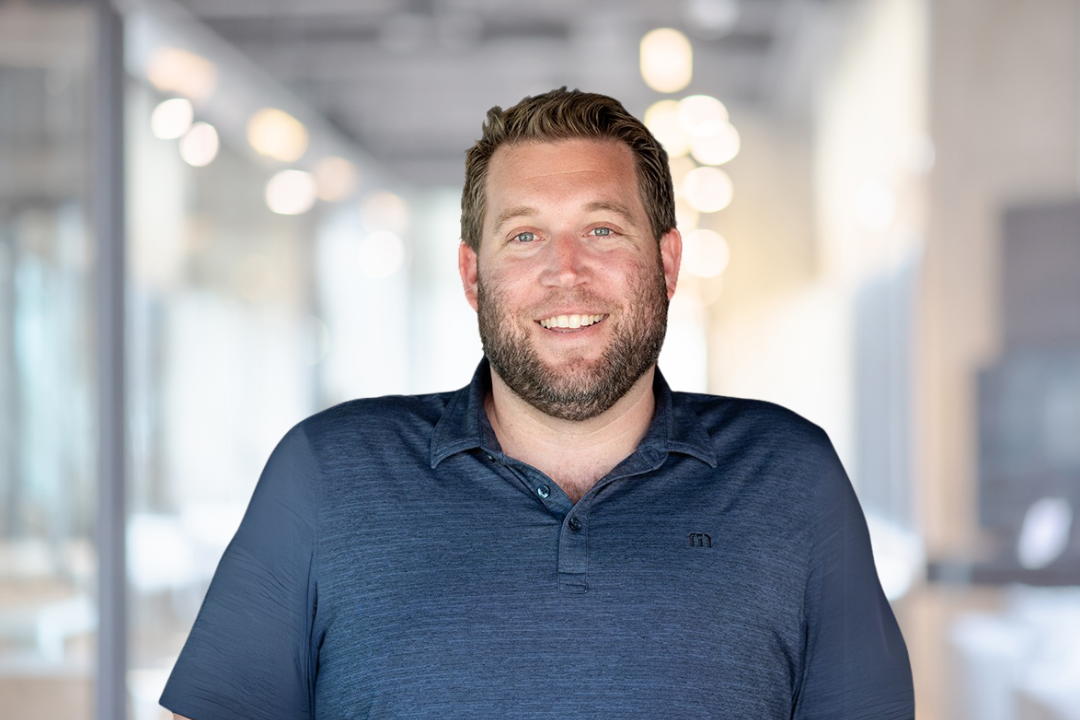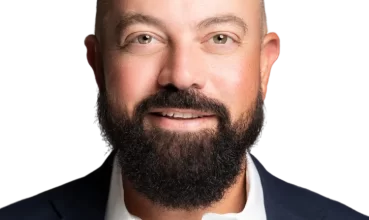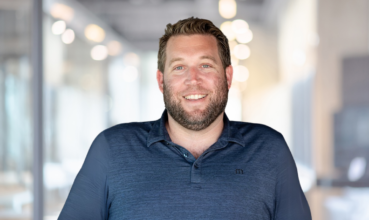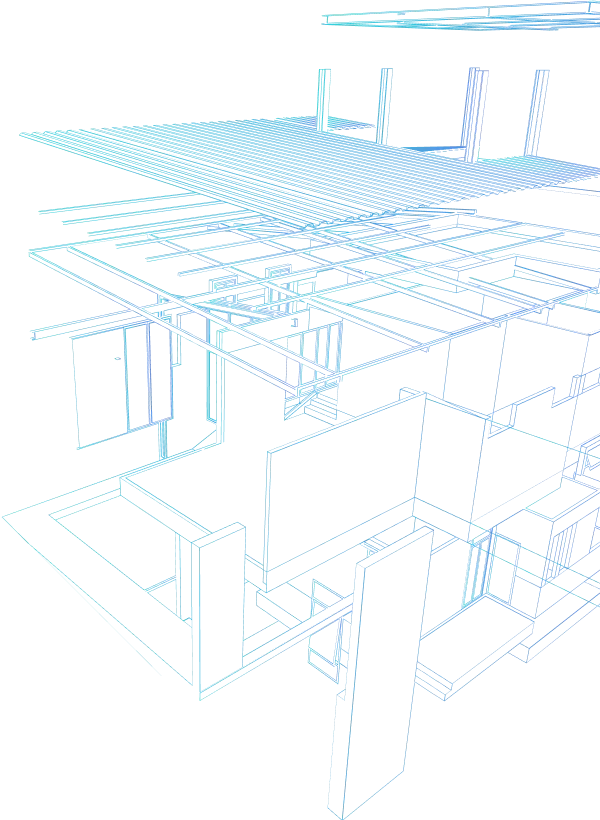“For the first time living in San Diego, we didn’t have to live in a place where we didn’t want to be. We now get to live somewhere that we actually want to call home,” C...
SDRE's Christian Spicer on Building Communities in San Diego's Tight Housing Market




“For the first time living in San Diego, we didn’t have to live in a place where we didn’t want to be. We now get to live somewhere that we actually want to call home,” Christian Spicer, President of SDRE, recounts the words of tenants who moved into one of his company’s recently completed projects.
In a region where housing affordability continues to challenge residents, SDRE is implementing an innovative approach to development that’s generating both results and conversations about neighborhood growth.
Finding Opportunity in Regulation
Spicer’s entry into ADU development came through an unexpected channel—a permitting issue. “I got hit with a city stop work order notice for not having a permit,” he explains. When consulting his drafter about the fastest solution, he received surprising advice: add an ADU (Accessory Dwelling Unit) to the property.
“What is this ADU thing?” Spicer remembers asking. The explanation—a ground-up unit that could be built in the backyard—sparked what would become a significant business model. “I thought it was a setback at first, but it ended up being an opportunity to innovate. It was a great lesson for navigating city regulations, and it led me to new possibilities,” he adds.
What began as a permitting strategy evolved as San Diego implemented policies to address housing shortages, particularly in Transit Priority Areas (TPAs). “It creates this unique opportunity for us to be able to build housing and provide housing to kids coming straight out of college that need a place,” Spicer explains. “They want to stay here and live here and work here, but they don’t have a place to go.”
This regulatory approach opened possibilities for creating what Spicer sees as much-needed workforce housing. “It creates the workforce housing for people who commute long distances, like those driving all the way from East County into San Diego for work, by providing places for them to live closer to their jobs,” he notes, emphasizing the broader community benefits beyond just development potential.
San Diego’s Housing Landscape
Spicer points to several factors driving San Diego’s housing challenges. “To the west, we have the ocean. To the south, we have Mexico, and to the east are the mountains,” he explains, describing geographic limitations on development.
These constraints, combined with what he characterizes as decades of restrictive planning, have created significant imbalances. “We’re facing a housing deficit of around 100,000 units right now, which has contributed to rising rent prices so much,” Spicer claims.
From his perspective, the ADU policies represent necessary intervention: “The city saw an opportunity to remove all of the red tape around being able to add much-needed housing.”
From Single Home to Community
Founded in 2019 and becoming fully operational around 2021, SDRE has developed an integrated approach to development, combining property acquisition, architectural design, construction, and property management.
“We’re breaking ground this quarter on 350 doors,” Spicer says, with expectations of approximately 1,500 units this year and plans to double that figure next year.
Unlike traditional apartment complexes, SDRE’s projects maintain the original home while adding multiple units, creating what Spicer describes as “a community more than anything else.”
The units themselves reflect changing housing needs. “Most San Diego was built in the 50s and 60s… We had an infrastructure of three and four bedrooms,” he explains, noting that modern households often require different configurations. Spicer’s developments focus on providing housing options that better match today’s demand.
This demographic change has created demand for smaller units that weren’t widely built in previous decades. “There’s this missing one-bedroom unit that doesn’t exist, that we don’t have enough of,” Spicer notes.
Community Design and Affordability
SDRE’s developments feature a mix of housing options. “The way the program works is we have to build market-rate units, and half of them also have to be moderate-income units,” Spicer explains. These moderate-income units are capped at 110% of Area Median Income (AMI).
The physical design prioritizes both private and shared spaces. “We like private outdoor space, but we also build a community outdoor space with the barbecue and hangout spot for all the tenants,” Spicer says.
Community Perspectives
The ADU bonus program has received its share of criticism, with some neighborhood residents expressing concerns about density, parking, and changing community character.
Spicer acknowledges these dynamics: “With any change, there’s always some level of concern from neighbors,” he notes.
He notes that initial concerns about tenant quality haven’t materialized in his experience. At first, some neighbors worried that the new tenants would disrupt the neighborhood, but that hasn’t been the case. We’ve found that these units attract hardworking people who want to excel in life.”
Spicer also addresses what he believes are misconceptions about safety and infrastructure. “New development follows updated building codes, making sure there’s improved fire safety, firewall capabilities, and sustainability standards,” he states, adding that landscape requirements mandate drought-tolerant plants and improved stormwater management.
“When we do these, we’re actually improving the street conditions, we’re improving the water runoff… these units have fire sprinklers, so there’s a lot of protections in place,” Spicer argues.
Looking Ahead
SDRE is eyeing new opportunities through upcoming legislation like SB 684, the small lot subdivision law taking effect later this year. “There are some great programs that are coming down the wire that will allow us to expand into different types of housing,” Spicer explains, describing transition options for first-time buyers.
As debates about neighborhood character and development patterns continue, Spicer sees SDRE’s community-focused approach as addressing real needs in San Diego’s housing market. The company aims to expand beyond San Diego to create “attainable housing in the state of California, and maybe even beyond that in the future.”
Similar Articles
Explore similar articles from Our Team of Experts.


“Leading the next generation of Boston development with unwavering passion, boundless energy and commitment to sophisticated design.” This vision statement from High Street Devel...


When Patricia Bastidas, a veteran REALTOR® at Fortune Christies, began her real estate career in Miami’s Brickell neighborhood in 1990, the area was predominantly Latin American, cate...


After nine years in the Marine Corps, David Kurz found himself searching for his place in civilian life. What began as an exploratory venture into real estate has evolved into a 19-year jour...


“Many cash offer companies prefer to operate in that ambiguous space where they fly under the radar and generate profits wherever possible. You hear about fly-by-night operations that ...




